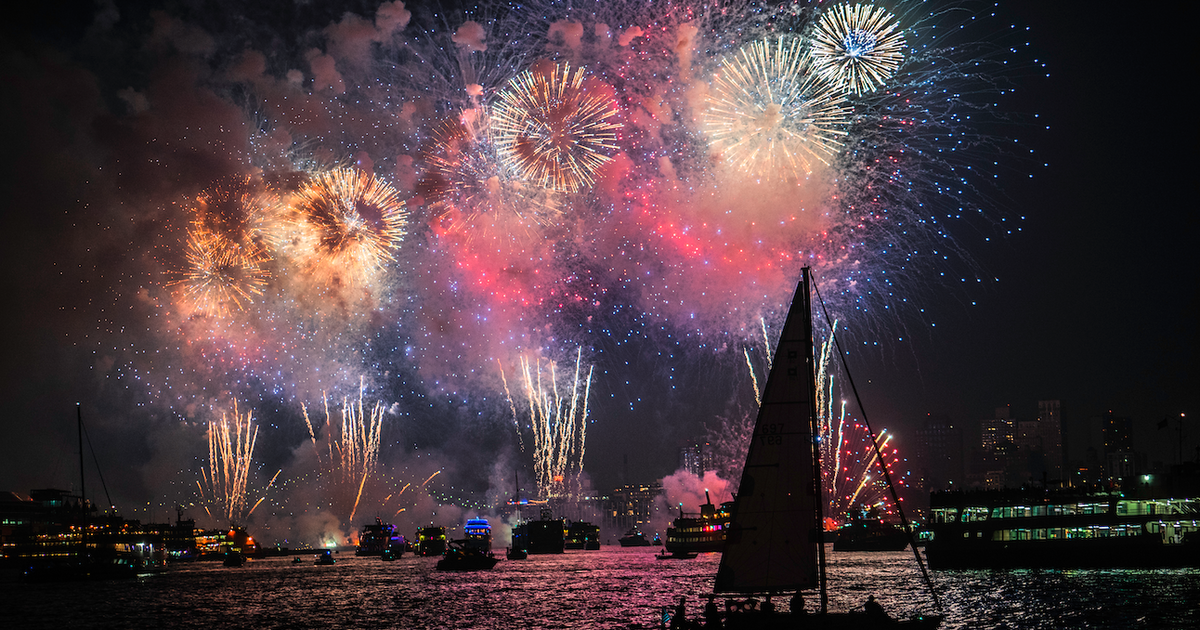Exploring the Wonders of Fireworks: A Spectacular Display of Science and Artistry
Have you ever gazed up at a night sky, entranced by the colorful explosions lighting up the darkness? Fireworks have been used for centuries to celebrate special occasions and events, from weddings to national holidays, and their dazzling display never fails to captivate and delight us. But have you ever wondered about the science behind this visual symphony in the sky? In this article, we will explore the history, chemistry, and artistry of fireworks.
The History of Fireworks
The history of fireworks dates back to ancient China, where it is believed that they were invented over 2,000 years ago. Legend has it that a Chinese cook accidentally mixed together saltpeter, sulfur, and charcoal, creating a mixture that exploded when heated. This discovery led to the development of early fireworks, which were used in religious ceremonies and as a means of warding off evil spirits.
Fireworks eventually made their way to Europe in the 13th century, and over time, their use evolved into a form of entertainment. Today, fireworks are a staple of celebrations around the world, from New Year's Eve in Times Square to the Fourth of July in the United States.
The Chemistry of Fireworks
At their core, fireworks are all about chemistry. They consist of a shell, a fuse, and a mixture of chemicals that create the colorful explosions we love. When the fuse is lit, it ignites a charge that propels the shell into the air. As the shell reaches its peak height, a small explosion occurs, igniting the chemicals inside and creating the stunning display we see.
The colors in fireworks are created by different chemicals. For example, red fireworks are made with strontium salts, green fireworks with barium salts, and blue fireworks with copper salts. By combining different chemicals, firework makers can create a rainbow of colors in the sky.
The Artistry of Fireworks
While the chemistry of fireworks is fascinating, it's the artistry that truly makes them special. Fireworks displays are carefully choreographed to create a visual spectacle that is both beautiful and awe-inspiring.
A typical fireworks display will consist of several different types of fireworks, each with its own unique effects. For example, there are aerial shells, which explode in the air and create large bursts of color, and comets, which shoot into the sky before exploding and creating a tail of color. Firework makers can also create special effects, such as crackling stars, which create a popping sound when they explode, and willows, which create a cascade of color as they fall to the ground.
Putting together a fireworks display is a complex process that requires skill and expertise. Firework makers must consider factors such as wind direction and speed, the location of the display, and the audience's viewing angle. They must also ensure that the fireworks are set up safely and that all necessary permits and permissions are obtained.
Conclusion
Fireworks are a true wonder of science and artistry. From their ancient origins in China to their modern use in celebrations around the world, fireworks have captured our imaginations and delighted us with their stunning displays. Whether you're watching a grand fireworks show or setting off a few sparklers in your backyard, fireworks are sure to bring a smile to your face and a sense of wonder to your heart.
So next time you gaze up at the night sky, take a moment to appreciate the science and artistry behind the fireworks display. And if you have the opportunity to see a grand fireworks show, take it. You won't be disappointed.
Labels: Interesting


0 Comments:
Post a Comment
Subscribe to Post Comments [Atom]
<< Home